This story is part of Good Times’ Health & Fitness issue. Also this week: stories on stick yoga and an essay on one man’s decision to get a simple operation with complicated ramifications.
January is well known for fresh commitments to wellness. Gyms are packed, hiking trails are hopping and the juice bar line is wrapped around the corner. And with everything going on in the world, a renewed focus on self-care couldn’t be more timely—unless overwhelming professional demands make it seem out of reach.
For those whose job is to provide critical support to others—often behind the scenes—self-care can be the hardest thing to prioritize. So, the question is: who’s taking care of the caregivers?
When I was asked by our illustrious editor to check out “this hippie place up in the mountains called 1440,” I replied, based on personal experience, “I wouldn’t call it a hippie place”—recalling the redwood-encased infinity pool, next to the Redwood Auditorium.
What I was soon to discover is this woodsy Shangri-La is much more than a place to pamper the top 10%. In fact, many of its programs are focused on people who most need some reprieve: healthcare workers.
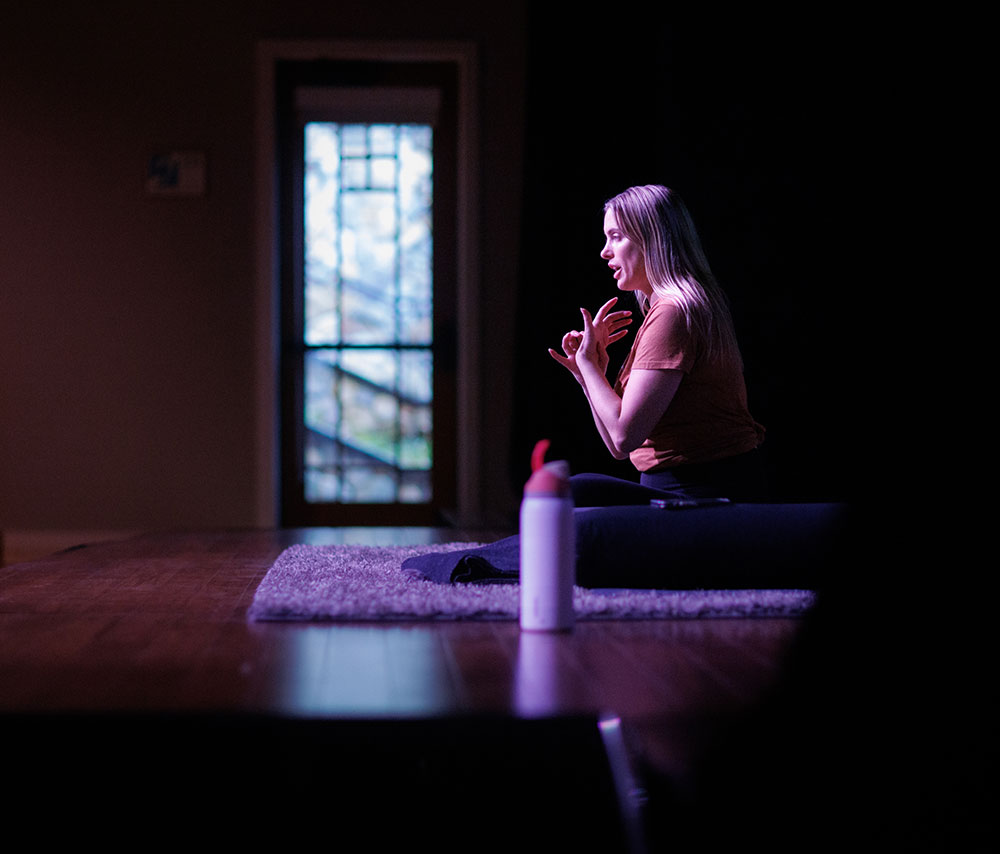
Winding trails lead through a forested landscape where sunlight filters softly through ancient branches, casting golden hues across tranquil footpaths. The air carries the scent of pine and earth, offering calm with each breath.
Founded by philanthropists Joanie and Scott Kriens, the nonprofit Scotts Valley campus opened in May 2017. Formerly occupied by Bethany University, the site is designed to provide a space where people could cultivate relationships and achieve personal growth.
Today 1440 offers an environment for individuals and organizations to explore, learn, reflect, connect and reenergize.
Yet the work began well before the first beautifully recrafted buildings were open for business. When it launched in 2010 as the 1440 Foundation, the focus was philanthropic grant-making, supporting individuals and organizations dedicated to fostering personal growth and stronger relationships.
Minute By Minute
The 1440 mission statement reads, “creating hope for living well with the 1,440 minutes we have each day.” At the Multiversity, that sentiment comes to life as a sanctuary where visitors can engage in personal growth against the timeless backdrop of a redwood forest.
And since the early days of the Covid pandemic, the needs of our behind-the-scenes heroes—healthcare workers—have become a top priority in this nurturing environment.
Currently the campus hosts two custom-designed programs for those whose work is to put others first. One is Healing Our Healthcare Heroes, which caters to a broader range of healthcare job functions. The other, Healing Our Nurses, is specifically tailored to nurses with a focus on the public health sector.
I meet Executive Director Katey Kennedy over Zoom, and we have a lively conversation with Julie McKay, 1440’s director of philanthropic programs and partnerships. Both have had boots on the ground since day one, and they can explain how 1440’s programs for healthcare workers evolved.
Through a separate 1440 Foundation program, Canopy Cancer Collective, the team was exposed to the challenges that healthcare workers faced.
Kennedy explains, “We had been working with physicians and advisors on that team, and it was also right at the beginning of Covid and the doctors we were working with were telling us just how beat up and exhausted the healthcare system was. They were our partners in this, and so I started brainstorming this with one of our doctors about what we could potentially do to support the medical professionals that he was seeing.”
Kennedy continues, “He was on the East Coast, so we were just talking sort of in general. We presented a proposal to our board and said, ‘We think we have an opportunity here. We think there’s a serious need to support the healthcare workers who are overwhelmed as a result of Covid, and we have a campus available.’
“And we said, ‘Why don’t we try and figure out how we can support them with some mental health and well-being initiatives to reduce their stress?’” Kennedy says. “Because if we don’t take care of our healthcare providers, who are the most stressed, we’re not going to have anybody left to take care of us when we need it.”
Kennedy adds, “We realized we could use the campus to support healthcare providers, and then Julie developed this amazing curriculum.”
In April 2020, McKay interviewed nurses, social workers, physicians and leadership in healthcare to learn what the most pressing stress-induced needs were. The program was developed based on those interviews and continues to shift to address the issues health care systems are navigating, while one unique element endures. The concept of “moral injury” is a term used to describe a common emotion among medical professionals responsible for administering lifesaving treatments.
“A moral injury is when you go against your own personal value system, whether it’s through a personal act or an act that you were directed by leadership,” McKay explains. “So it came up in the pandemic often. Because healthcare workers are having to make really difficult decisions about things like equipment, or family members not being present for the death of a patient.”
As a result, healthcare workers became the primary focus of the program. Ellie Kriens soon joined the 1440 Foundation as a program officer. All sessions are led by physicians, psychologists and other experts, including a chaplain. Each facilitator provides a series of tools which are introduced over the course of the three days.
McKay describes one challenge that comes up often during sessions is moral injury. “Self-compassion is a key theme in resolving the issues surrounding moral injury and grief. It’s a common thread, and that’s why the group dynamic is important to understanding and connecting in community.”
The opportunity to share what they might be experiencing is cited as a valuable part of the in-person group sessions. Other tools provided throughout the whole program are mindfulness and healthy eating.
“Food is an important part of the program,” McKay says. “We’ve had sessions on food as medicine in the past. If you look at the agenda, you’ll see every single element of the program, there is a tool to support their wellbeing. There are many opportunities that the hope is that you’ll walk away with at least one or two tools that resonate with the participant.”
At the close of the program, attendees make commitments to one another to follow through. Because they attend in cohorts, a sense of community helps provide reinforcement after the program ends. Sometimes, the cohort is a department; other times they’re from different departments. But the groups—which range from 45 to 140 people—are usually from the same healthcare system.
“Some of the healthcare systems have expanded this into their leadership,” McKay adds.
I ask the team to share a particularly memorable example of a transformative experience during the program. Julie replies, “That’s a hard one for me to pick just one, and I’m sure for Katey too. We’ve had the extreme from people who had suicidal ideation upon arrival and came to us later and said, ‘I feel so much relief.’”
Coach Eliza Ramos recalls a participant who came up in tears and “Thank you for creating such a safe space for us to speak our truths.” Others shared such comments as “I realized I don’t give myself permission to actually rest” and “I wish all nurses could experience this program. It has been life changing. I’m so grateful.”
The team has learned how defining and naming individual feelings can really be helpful for people. McKay says, “I’ve had a lot of people say, ‘I don’t feel so alone.’
“We sit in the back of the room and you can just feel the stress kind of peeled off layer by layer as they hear everyone talking about all the same issues that they’re managing,” she adds.
The team notes how healthcare workers are known for feeling it’s their job to just tough it out, so it is a relief to realize they’re not alone. To receive the support from others that they’ve been providing is a benefit they list among the most transformational aspects of the program.
I had the opportunity to witness this firsthand when I sat in on a recent session. I learned that more than 55% of healthcare workers will experience burnout in the coming year. And when the facilitator asked how many of the 50 people in the room had even been on a retreat, only five or six raised their hands. This number matters more to all of us than may be immediately obvious. Burnt-out workers leave jobs and are neither easy nor cheap to replace.
Creating a safe space in a group setting like this is critical, and I watched as the facilitator began the session by creating a set of agreements to abide by throughout the weekend. Participants agree to confidentiality, deep listening and non-judgment. Yet before anything else, the program begins with a sense of fun and connection. The first night is dedicated to laughter and dancing and building community.
The team discovered the difference during their pilot programs. Some groups were happy when leadership was in the room. One time a particular group was having struggles with their manager. They came up after the opening and said, “We can’t show up if they’re in the room.”
Upon learning this the manager left right away, and now during the planning calls it is determined if leadership should participate.
I ask, “What about the space itself? How do you think that lends to the healing and efficacy of the program?”
In response, Kennedy describes a recent session a healthcare manager was observing with the idea of bringing the program to their own campus. After being at 1440 for the two and a half days, the manager decided, “This container that you guys have built for these healthcare healers is an essential part of the program.”
The team agrees the space is perfect for this work. “We’ve had so many different healthcare groups. Julie and I were talking before the call. I think we’re at nearly 5,000 healthcare staff that have come through this program, so the container that we’ve created, it’s the whole thing.
“It’s the space, facilitators, even the food,” Kennedy continues. “We have really meticulously thought through the food choices and the classes, the sound healing, the nature walks and how it all contributes to this amazing experience for the healthcare workers to really feel that they can let go and take care of themselves.”
While the three of us sat in Kitchen Table, the stately community dining room, over a locally sourced and exceptionally satisfying breakfast, a markedly cheerful man approached. I learned he was Dr. John Chuck, chief wellness officer at California Northstate University. A member of the 1440 faculty, he was eager to share his opinion of the Healing Our Healthcare Heroes program.
“We know that lots of hard work goes into nurturing and growing the program. I just want to make sure you know that it’s working,” he asserts. “Guests arrive in all states of being, many struggling. The deep hospitality coupled with the comprehensive wellness programming meets those guests where they are, and takes them to a better place, a place where they claim reality-based hope for the many aspects of their existence.”
I note, “It sounds like it just came together almost in a serendipitous kind of way where it was timing and need and the facility and everything came together.”
Kennedy nods. “We had all the right ingredients and then we thought, let’s see if we can launch it and do some good. Initially because this was brand-new and it was a pilot, 1440 agreed to fund a significant portion of the cost. Pretty soon we had a couple healthcare systems step up and then it just blossomed from there.”
As the program has grown in both size and scope, it’s now funded by participating healthcare systems. The focus has also shifted toward public healthcare systems that often don’t have private foundations or financial backing. Through a combination of 1440 Foundation grants, scholarships, and private and healthcare system funding, all costs for the participants are covered and the individual doesn’t pay anything, which was the initial goal.
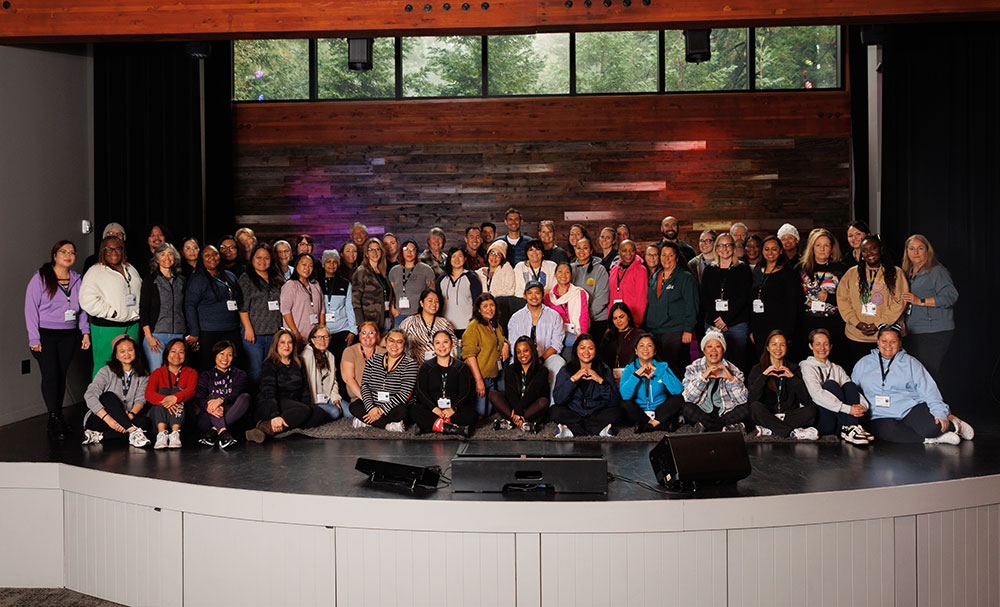
For healthcare workers who are not part of a systemwide program, 1440 provides a scholarship portal. They explain they’re constantly reviewing those applications to fit people in where they can. So, if they have a program that has five extra spots, if the contracted healthcare system agrees, they’ll pick five scholarship recipients to go into that program.
The last two programs have been fully funded by the Foundation, including one which began early this month. Santa Cruz County and Monterey County sent a whole cohort of hospice workers. For a group often struggling with secondary trauma, the program was especially transformational. “They loved it. Their grief session was extremely impactful, particularly for that group. It was a pretty powerful experience,” McKay says.
This month marks the beginning of a health improvement partnership with Santa Cruz County. And the team says it’s just the beginning. “We’ve touched nearly 5 000 lives with this program but there is one healthcare system I know of in Santa Clara Valley that has 8,000 employees. So it’s expanding to reach more and more people. Julie is great at taking the program and morphing it based on needs,” Kennedy acknowledges.
McKay adds, “We’ve worked with almost anyone who comes forward because we know how important it is. We’ve helped them secure funds. We’ve been to board meetings to explain the program. I’ve co-written grants to help get them funding. We will continue to advocate and support for all frontline healthcare workers to come through the program as need arises.”
Using the Tools
I save the best for last and ask the team whether their personal perspectives on work life, balance and self-care have changed since launching this initiative.
“Great question,” McKay says. “Well, I will share that I have watched it probably 40 times because I’m always in the room. I really want to see what the flow is, how the faculty are doing. And every single time that I’ve seen this program I’ve learned something new.
“We practice the tools we offer in these sessions,” she continues. “It’s part of our DNA as an organization. We started with mindfulness and meditation as sort of the core message that we were taking to educators. So as a group, we meditate, and we try to reinforce the behaviors that we’re sharing with the healthcare workers, too. That doesn’t mean that we are great at it—we rely on our community to support these habits.”
I had one last question for the team: “What is one takeaway from the program that you hope participants remember and apply when they return to their demanding roles?”
The response was unanimous. “That their own care for themselves matters, that they put their oxygen mask on first. That sounds so simple, but it’s really so hard to remember. I think for all of us.”
Kennedy continues: “I don’t think Scott [Kriens, 1440 co-creator] would be mad at me for quoting this because he says it all the time. This last week, I heard him say it to the group on opening night. He said, ‘You know, you healthcare workers are really great at taking care of other people, but you’re really terrible at taking care of yourselves. So, you are here for the next two and a half days—let us take care of you and please accept it.’”
This sage advice could apply to so many of us. And as the 1440 experts remind us, it’s a mentality we need to revisit again and again.
Healthcare professionals or organizations can learn more about the program or sign up through an application at 1440.org/philanthropic-programs.


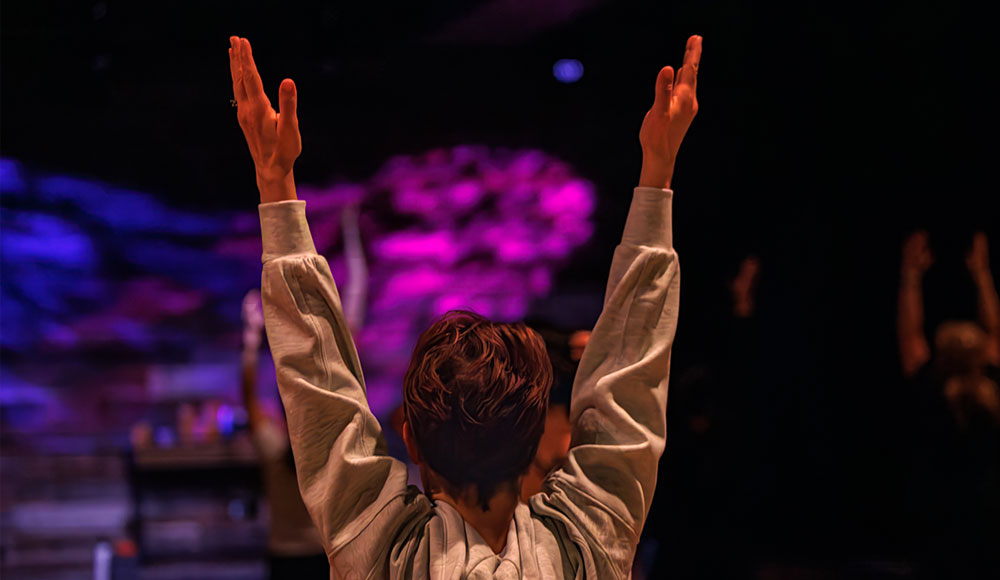



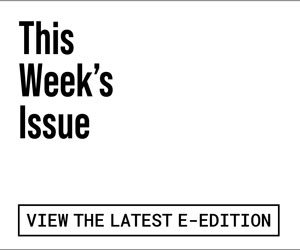


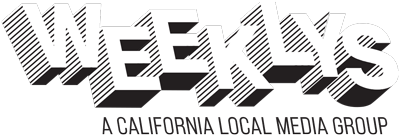



1440 as a non-profit org pays out a meager wage to most of its workers – truly sad especially when fees to attend or stay there are tremendously high
-a contradiction, it seems